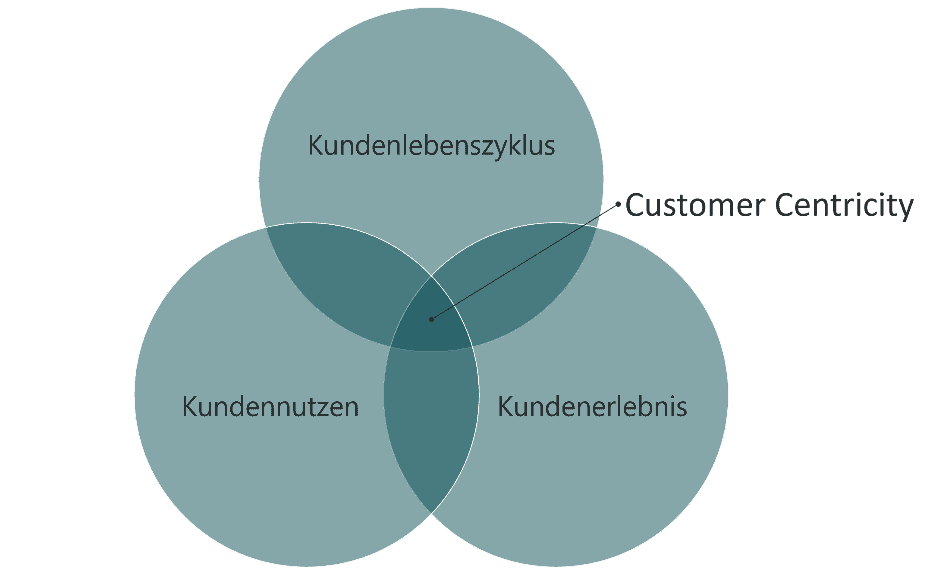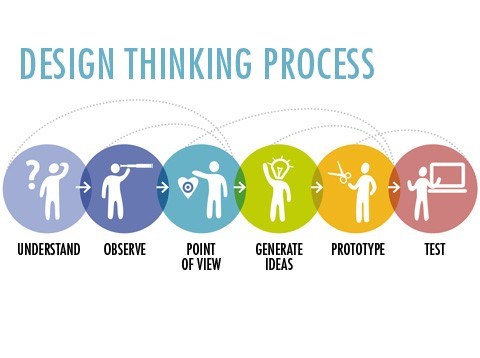Customer Centricity – A Modern Term for Customer Orientation?
Your Customer is King
“I need to tell you something! You cannot believe how I was treated during my last vacation! I felt like a king” A friend of mine said that to me a few weeks ago and he recalled vividly his experiences from his last summer vacation with his wife on a stunning island in Thailand. I knew that they spent their honeymoon in an exclusive hotel three years ago and wanted to revive these wonderful moments last summer. He told me when they arrived in the hotel, a surprise followed the next. At first, they were greeted by name by the bellboy upon arrival. Then, the receptionist informed them that she already reserved their favourite table on the gallery if they decide to have dinner in the hotel’s own restaurant. When they entered their hotel room, they found two freshly squeezed juices and a hand-written card saying: “Welcome back! We prepared your favourite juices for your sense of well-being. Enjoy!” In fact, those juices were exactly the ones both preferred during their last stay three years ago. My friend was totally overwhelmed, not only by such a high degree of appreciation but also by the surprising effect.
The Needs of the Customer at the Centre of your Consideration
In theory those experiences are described with the term Customer Experience (CX) and are an essential part of a customer-centric approach. Customer Centricity means that the customer is at the centre of all considerations. Critical minds might note that Customer Centricity is only a new way of describing the familiar concept “Customer is king”. In fact, a customer-centric design and marketing approach for products and services goes far beyond a simple customer-oriented method. Customer Orientation itself focuses mainly on customer satisfaction, whereas, a customer-centric approach tries to identify the customers’ needs (a feeling that is rooted in a sense of shortage) beforehand and align the design around the identified needs. This means that products and services are not only designed to best match customer wishes but rather generate greater added value by fulfilling the needs of the customer. This could even generate a demand for innovative products that customers were not aware of in the first place. A popular example is the Apple iPad. The action camera GoPro was originally developed as gadget for ambitious surfer that wanted to record their surf ride. However, in no time the small and solid camera induced a huge demand to record and share leisure activities even if they were not truly ambitious per se.
Amazon Founder and CEO Jeff Bezos names Customer Centricity as Unique Selling Proposition (USP) for his company:
„The most important single thing is to focus obsessively on the customer. Our goal is to be earth‘s most customer-centric company”.
 Currently, Jeff Bezos tries various innovative solutions for distribution and logistics (such as drone delivery) to reach the customers in their living environment and ease the buying process. The current strategic focus shows clearly that a customer-centric approach is derived from three main dimensions: Customer Value, Customer Experience and Customer Lifecycle.
Currently, Jeff Bezos tries various innovative solutions for distribution and logistics (such as drone delivery) to reach the customers in their living environment and ease the buying process. The current strategic focus shows clearly that a customer-centric approach is derived from three main dimensions: Customer Value, Customer Experience and Customer Lifecycle.
Ask yourself the following questions: What explicit value does the product offer for my customer, beyond a simple product advantage? Where and how could we create individual customer experiences? How does the customer lifecycle for my product look like? That means: What are the Customer Touchpoints (all potential spots to get in contact with the customer)? Starting from an initial contact until a follow-up after a purchase. Combining these dimensions shows how experience and added value are interlinked across all potential touchpoints.
Implementation of a Customer-Centric Approach
Many companies transform their processes with a focus on extensive Customer Centricity (follow the links below). Showrooms are restructured radically („Audi City“ in Berlin), virtual 24/7 chat platforms (Vodafone) are established and emotional marketing campaigns are launched (TD Bank). However, the return is often not reasonable in relation to expensive initiatives. Costs can be identified clearly but short- or mid-term results cannot be traced back solely to the initiative. Therefore, it is important to present a viable business case.
A success criterion for developing customer-centric initiatives is a customer-driven investigation of needs. In the course of agile development, innovative methods such as Design Thinking proved itself when it comes to exploring the living environment of the customers. Ideas for target-oriented products and services are developed, based on numerous observations, customer interviews and a detailed analysis. The resulting product ideas are iterated in various cycles and further developed with customers. The concluding product is then tested by selected customers and the feedback is considered to create the final product.

Design Thinking – a Helpful Method to Create New Ideas for Customer Centricity
We use Design Thinking across industries in organisations as well as in retail to put employees in the shoes of their customers and let them experience the world around them from a client’s perspective. For this, the employees see through the eyes of sample personas with typical characteristics of their customers and go on a customer journey to explore comparable brands and products. Alternatively, the customer could be involved right at the beginning to co-create ideas and being asked about their needs.
We repeatedly face the challenge in the service industry that a customer-centric service behaviour requires a mindset change. It is about a true interest in the person and not only in the customer. It is about putting the customer in the centre, about empathetic listening and an intrinsic disposition to think beyond standards and create individual solutions. Customer experiences do not necessarily require efforts in monetary form such as gifts or give-aways. Extraordinary experiences are rather about authentic attention, individual solutions and the surprising effect. One of my favourite examples for this is the famous Hotel Group Ritz Carlton. A little boy forgot his plush toy “Joshie, the giraffe” in one of its hotels. The hotel returned the toy by post but attached a series of photographs that pictured how “Joshie” spent his last days at the hotel. The pictures showed “Joshie” relaxing in the spa, working in the office and sunbathing by the pool… (see link below). In summary: Customer Centricity is an attitude, not a tool.
My friend experienced that attitude during his vacation at the honeymoon hotel and told me recently that a stay at “his” hotel is already in plan.
Get inspired by a few examples of extraordinary customer experiences:
#10: Ritz-Carlton Helps with Joshie’s Extended Vacation
Customer Experience at TD Bank



